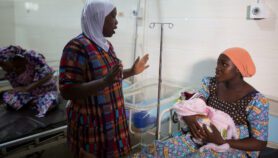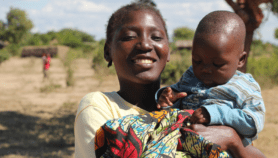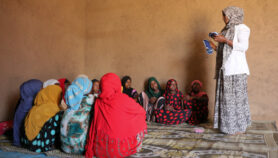Send to a friend
The details you provide on this page will not be used to send unsolicited email, and will not be sold to a 3rd party. See privacy policy.
Forecasts that global population will level off by the end of this century assume that birth and death rates will decline in poor countries as they develop — but this is far from certain, argues demographer Carl Haub.
Instead, the world could grow to 16 billion people — the high-end estimate of projections by the UN — and policymakers, demographers and environmentalists must prepare for this worst-case scenario and the stress it would put on the earth’s resources such as water for drinking and agriculture, he says.
Population forecasts are based on three assumptions, modelled after how demographics changed in Europe: that fertility will continue to decline where it has and will start to decline where it hasn’t; that this decline will be smooth and uninterrupted; and that it will result in each woman having two children or less.
But this is doubtful in many parts of the developing world, argues Haub. "The desire for more than two children — often many more than two — will remain an obstacle and will challenge assumptions that world population will level off or decline."
Sub-Saharan Africa, where the population is expected to rise from 880 million to two billion by 2050, is least likely to follow this trend, he says. Some countries, such as Congo and Kenya, have taken steps to stem population growth but fertility rate remains at 4.6–4.7 children per woman; in others, such as Nigeria and Senegal, rates have stalled after a period of decline. These trends suggest that population forecasts will prove too low.
Fertility rates remain lowest in educated, urban women, says Haub, but the challenge is to influence fertility rates in large rural populations that are often hard to reach — and often in the poorest countries or regions.













